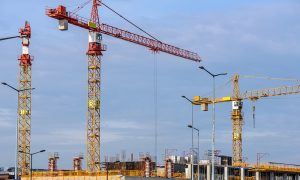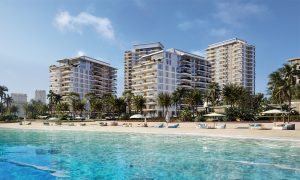Dubai rent drops spread to non-freehold areas
Drops in rental rates now seen in high-density locations following declines in prime freehold markets, says CBRE

Rental declines are starting to spread to high-density locations of Dubai such as Al Barsha, Oud Metha and Bur Dubai, following price drops in the city’s prime freehold communities, according to CBRE.
During the second quarter, average residential rental rates have dipped marginally, the real estate consultancy said, with declines at 1-2% year-on-year, Gulf News reported.
Prime rental locations such as Dubai Marina and Downtown Dubai, as well as more secondary locations such as International City, IMPZ and Dubai Sports City have seen average residential market rentals decline.
While Al Barsha, Oud Metha and Bur Dubai have witnessed some partial easing in rents, CBRE says that the effects are not being felt across the board, with demand remaining strong in places like Al Qusais and the areas bordering Sharjah.
Other market sources have also said that they are seeing similar trends, with vacancies starting to show up on a regular basis, causing landlords to lower their asking price to get new tenants. If not, those properties tend to end up being unoccupied for far longer periods than average, the Gulf News report said.
“It is estimated that around 48,000 new residential units [apartments and villas] could enter the Dubai market during the period 2016 to 2018, provided that construction delays are at a minimal,” Matthew Green, head of Research and Consulting at CBRE ME, was quoted as saying.
This is broadly comparable to the five-year average supply. Much of the upcoming housing is expected to be delivered in secondary and tertiary locations such as Dubailand, Jumeirah Village, Business Bay and Dubai Silicon Oasis.
Freehold sub-markets like International City have also suffered more marked downturns in performance quarter-on-quarter, which is a reflection of the higher availability of units in the market at the moment, Green added.
“Amidst ongoing economic uncertainties, redundancies and lower accommodation budgets, we can expect to see further softening of demand levels and sales rates in the short term, especially for high-end and larger unit typologies,” he said.
“We expect to see this trend continue during the second half of 2016, with sale rates poised to drop further by an additional 3% – 5% in the coming quarters. However, we also expect to see location specific variances in performance.”

























